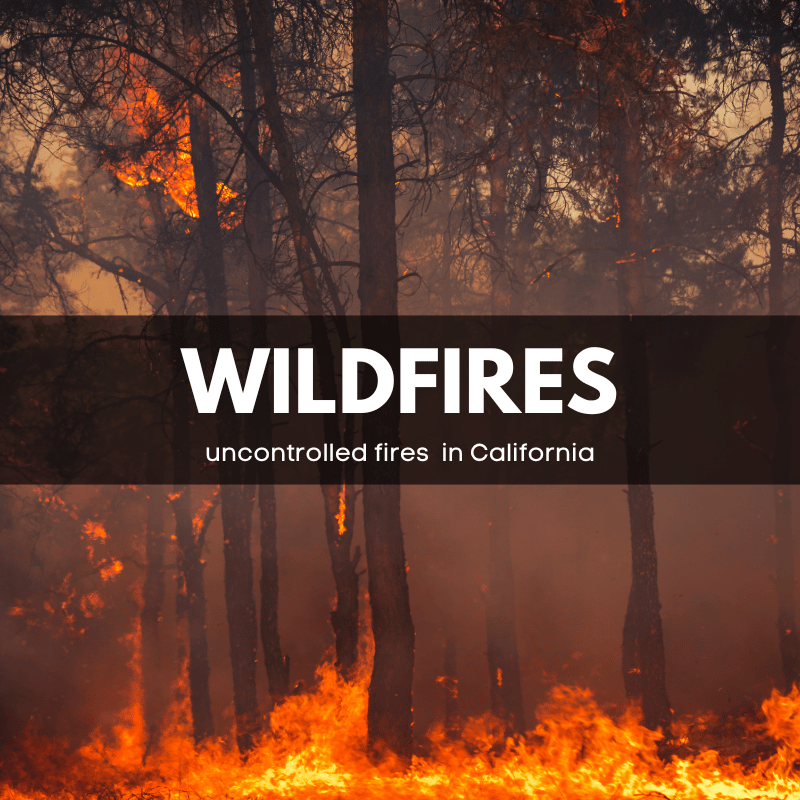
Understanding California Wildfires: Causes and Solutions
California wildfires have become an increasingly frequent and devastating phenomenon, affecting thousands of residents and causing widespread environmental damage. Understanding the causes and exploring potential solutions is essential for mitigating the impact of these fires.
Causes of California Wildfires
-
Climate Change: Rising temperatures and prolonged droughts have created ideal conditions for wildfires. Climate change has led to drier vegetation and extended fire seasons, increasing the likelihood of fire outbreaks.
-
Vegetation and Fuel Load: Dense forests and brush provide ample fuel for wildfires. As vegetation grows unchecked, it becomes highly flammable, contributing to the rapid spread of fires.
-
Human Activity: Human actions, whether accidental or intentional, are significant contributors to wildfires. Activities such as campfires, fireworks, and discarded cigarettes can ignite fires. Additionally, power lines and equipment failures have been linked to several major fires.
-
Natural Causes: Lightning strikes are a natural cause of wildfires. While less common than human-induced fires, they can ignite remote areas that are difficult to access, complicating firefighting efforts.
Solutions for Mitigating Wildfires
-
Improved Forest Management: Implementing better forest management practices, such as controlled burns and thinning dense vegetation, can reduce fuel loads and lower the risk of catastrophic fires.
-
Enhanced Firefighting Techniques: Investing in advanced firefighting technology and training can improve response times and effectiveness. This includes using drones for surveillance and deploying specialized aircraft for water and retardant drops.
-
Infrastructure Upgrades: Utility companies need to invest in infrastructure improvements to prevent equipment failures that can spark fires. Upgrading power lines and installing safety measures can reduce fire risks associated with electrical equipment.
-
Public Awareness and Education: Educating the public about fire safety and prevention is crucial. Community programs can teach residents how to create defensible spaces around their homes and understand evacuation procedures.
-
Climate Action: Addressing climate change through policies that reduce greenhouse gas emissions can help mitigate the long-term factors contributing to more severe fire seasons.
-
Policy and Legislation: Implementing stricter regulations on land use, development in fire-prone areas, and fire-safe construction standards can help minimize the impact of wildfires on communities.
By understanding the multifaceted causes of California wildfires and implementing comprehensive solutions, it is possible to reduce their frequency and severity. Collaborative efforts among government agencies, communities, and individuals are essential in combating this growing threat.
